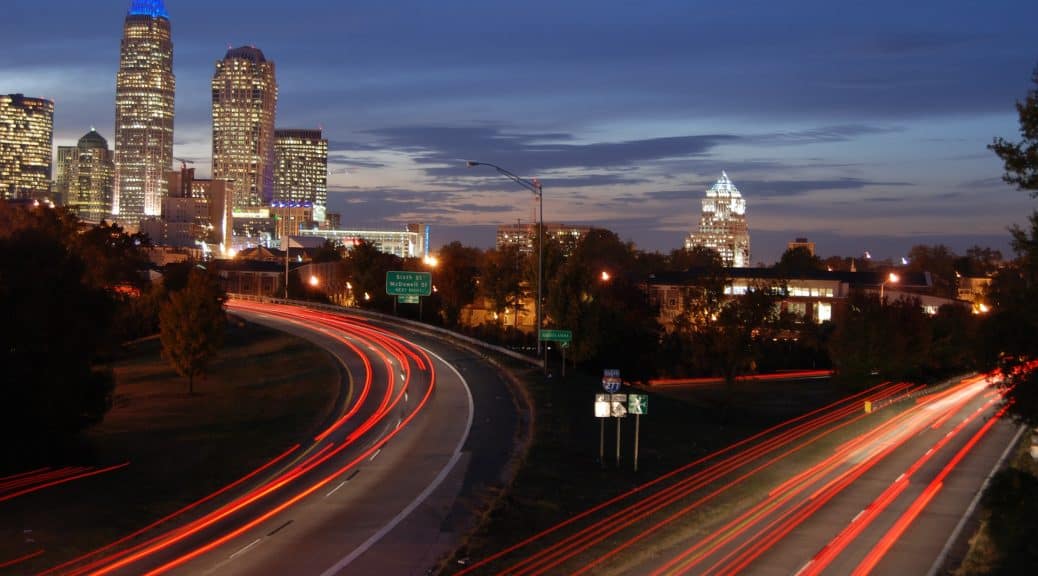The NC Clean Energy Technology Center at North Carolina State University is sponsoring a student art contest on the topic of ways that we can take action to reduce air pollution from cars and trucks. Students from kindergarten through college can submit artwork for the contest. Winners will have their artwork featured on billboards across the state to help spread the word about ways that we all can help keep the air clean. All billboards will direct people to learn more at www.fuelwhatmatters.org. Winners will also receive 4 hockey tickets to the Canes vs. Capital game, January 12, 2018, at the PNC Arena, courtesy of WRAL and Capitol Broadcasting Company.
Artwork can be submitted through November 26 at midnight. November 27 through December 10 will be the voting period. You can submit your artwork online here or you can email it, together with the Art Contest Permission form to hmbrutz@ncsu.edu. You can read the full contest rules on the WRAL website.
Only North Carolina residents’ artwork will be considered. Prizes will be given out by grade levels: elementary school (grades 5 and below), middle school (grades 6-8), high School (grades 9-12), college (students must be currently enrolled in a 2 or 4 year college or university).
Please focus your artwork on on the theme of actions that individuals and families can take to reduce the amount of air pollution from vehicles. Examples of actions that people can take to help reduce pollution from cars and trucks includes: walking, biking, using public transportation, car-pooling, using alternative fuels (such as electric vehicles, biofuels, and more), and not idling your car unnecessarily. Please make your artwork family-friendly and non-partisan.
After you submit your artwork, your friends and family will have the opportunity to vote on it through social media. The popularity of submissions will be one of the major considerations in choosing winners. Winners will ultimately be chosen based on the following: relevance and appropriateness of the message, visual design, and votes on social media.
Thank you for helping us persuade people to Keep Our Air Clean!

